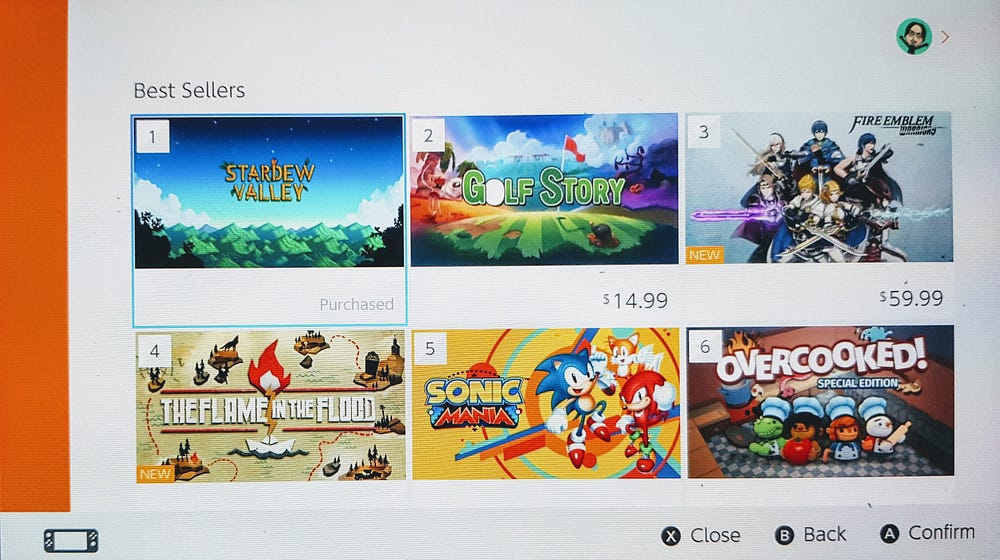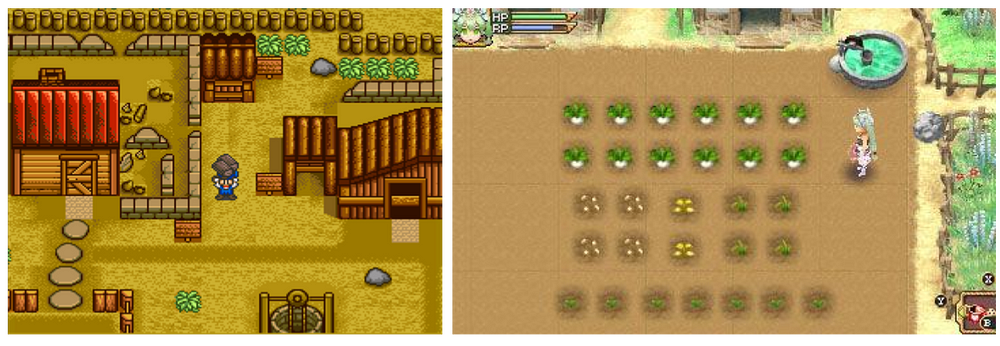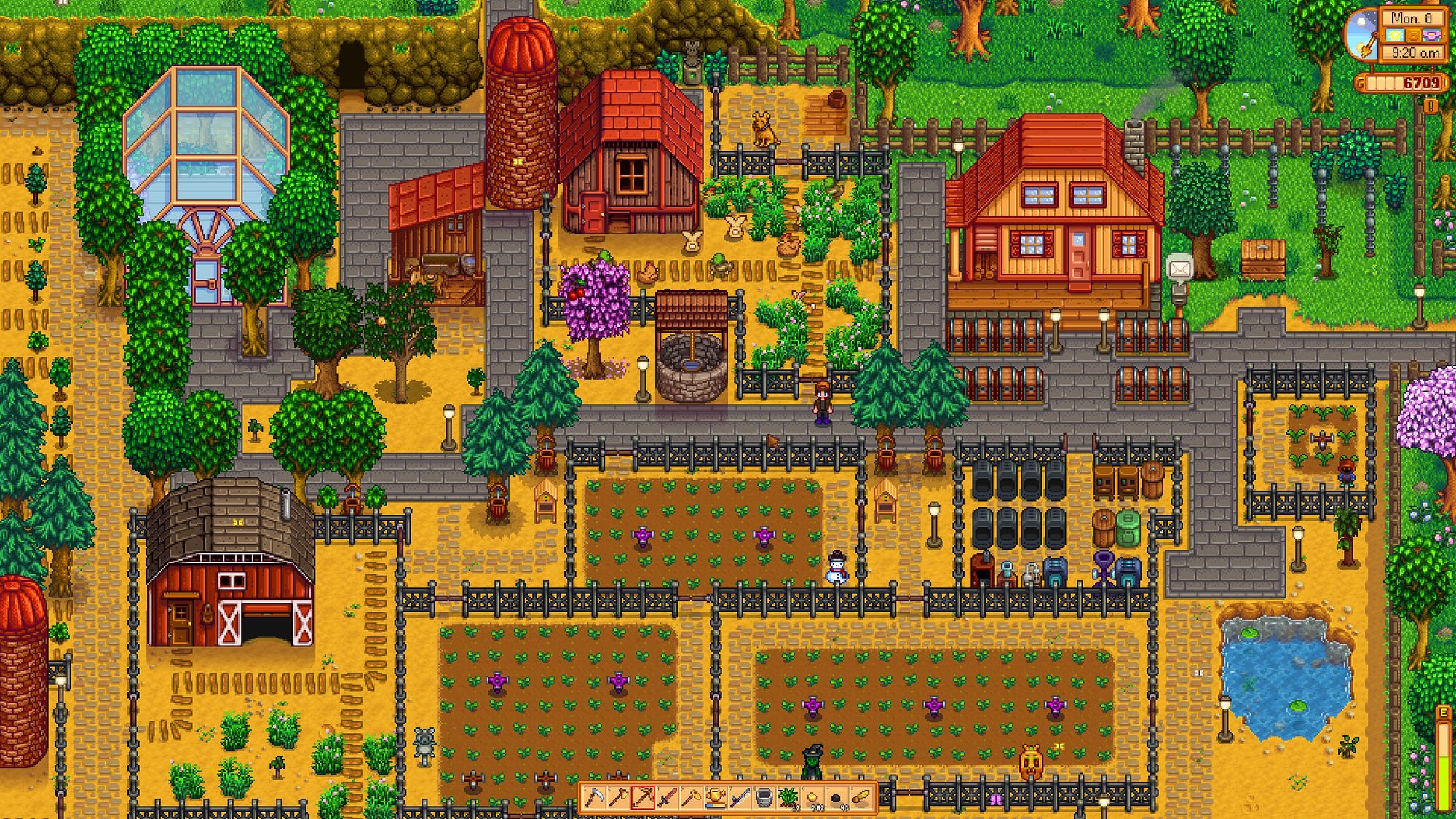Game Design Inspirations: Stardew Valley’s Platform Shift
Stardew Valley didn’t succeed because it innovated on tried and tested farming RPG mechanics. It was a massive hit because of how successful it was in making a Platform Shift.

Hello and welcome to Game Design Inspirations! GDI is a weekly bite-sized nugget of brilliant game design, taken from the games that I play “for research purposes”.

Stardew Valley by ConcernedApe
Eric Barone’s Stardew Valley recently came out on the Nintendo Switch and, just like the original PC version, shot straight up to the top of the eShop charts.

Its success on the Switch wasn’t surprising. Players loved the original version, giving the farming role-playing game an Overwhelmingly Positive rating on Steam. The launch timing was also perfect — it’s early days for the Switch, and players are hungry for new content for their brand new devices.
What’s more surprising was how the game did so well on the PC. The game sold more than 1 million copies just 2 months after it launched on February 2016, and is currently at 3 million copies sold according to Steamspy.

I only started playing Stardew Valley on the Switch, and initially I struggled to find a GDI to focus on for the game. Having played the game’s inspirations, Harvest Moon for the SNES, and more recently Rune Factory 4 on the 3DS, the gameplay felt extremely familiar.
Rune Factory 4 in particular was an enjoyable game, seamlessly merging traditional fantasy RPG questing with a polished farming core loop. Stardew Valley is really fun, lovingly crafted and hard to put down, but game design-wise there’s not a lot that it does different from the other farming RPGs that came out on the consoles.

Left: Harvest Moon for the SNES, Right: Rune Factory 4 for the 3DS
And perhaps that’s the thing that made Stardew Valley such a success. It didn’t succeed because it innovated on tried and tested farming RPG mechanics. It was a massive hit because of how successful it was in making a Platform Shift.
The thing about farming role-playing games is that they never came out on PC. Harvest Moon, Rune Factory and Story of Seasons were exclusive to console platforms.
When Stardew Valley came out, there weren’t any farming games based on the Harvest Moon formula for the PC. The farming games that were top of mind for gamers then were the web and mobile farming games, like Farmville and Hay Day. Core gamers missed the role-playing depth that was lost in these modern farming games, and Stardew Valley’s complexity and charm resonated with players’ nostalgia. By bringing the old-school farming RPG genre to the PC, Stardew Valley was able to tap not only the players who missed this experience and wanted to play it on a new platform, but a new non-console audience who weren’t exposed to the farming RPG genre before as well.

Platform Shifting a genre could lead to mechanics or UX being lost in translation, but Eric Barone was able to do it effectively, taking the new platform’s strengths into account.
For example, PC gamers are accustomed to sandbox games like Terraria and Minecraft. Stardew Valley understands this, and makes use of the standard UI of using the 1–9 number keys for item selection and a mouse for easy cursor manipulation.
Stardew Valley also focused on two aspects that other farming games don’t heavily focus on — crafting and customization. Crafting is a staple in sandbox games, and the increased power of the PC platform allowed players to create larger farms and customize them in more detail than in the older console games. These two features allowed the game to appeal to the same audience as sandbox games, making it an easier sell for people who play that genre.
MOBAs and Battle Royale used to be exclusive to the PC, but have now started moving to the console and mobile space (Arena of Valor and Fortnite are good examples). Metroidvanias used to be mostly played on consoles, but games like Dead Cells and Rogue Legacy have made the platform shift to PC, even adding the more PC-focused rogue-like mechanic to make them even better. VR/AR, browser and tablet games are under-served platforms, as are physical platforms such as toys-to-life, card and board games.
What other games and genres can do a platform shift?
Today’s Moment of Zen:
I think the biggest hurdle is to find a way to make [your] game stick out from the crowd. There’s a lot of competition out there, and it’s not easy to come up with compelling original ideas. My advice for other devs is to be yourself, not follow trends, and not be afraid to do something unusual. But it needs to be genuine. — Eric Barone
Thank you for reading! Follow Game Design Inspirations on Medium for weekly and past GDIs.
Read more about:
BlogsAbout the Author(s)
You May Also Like








